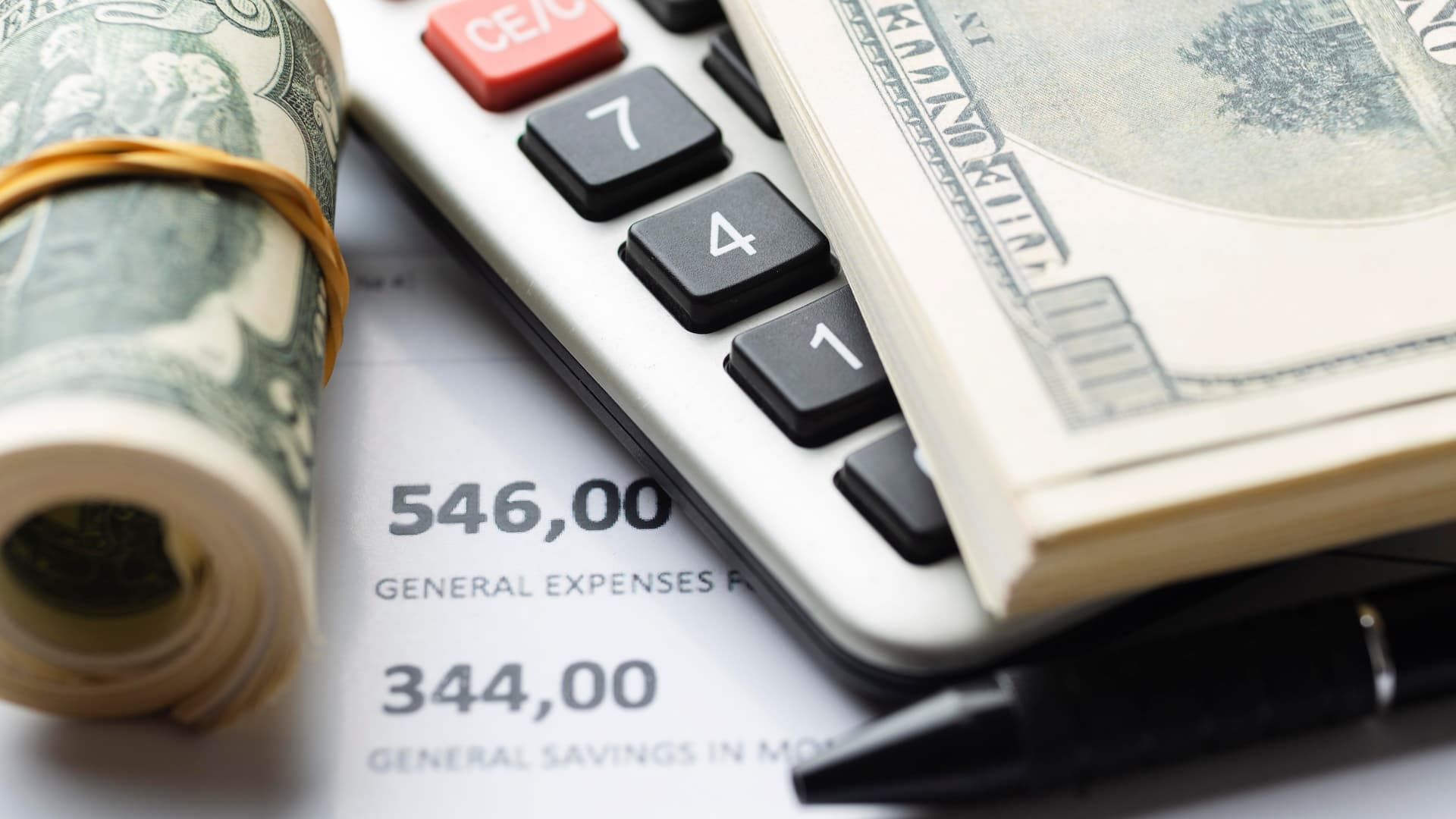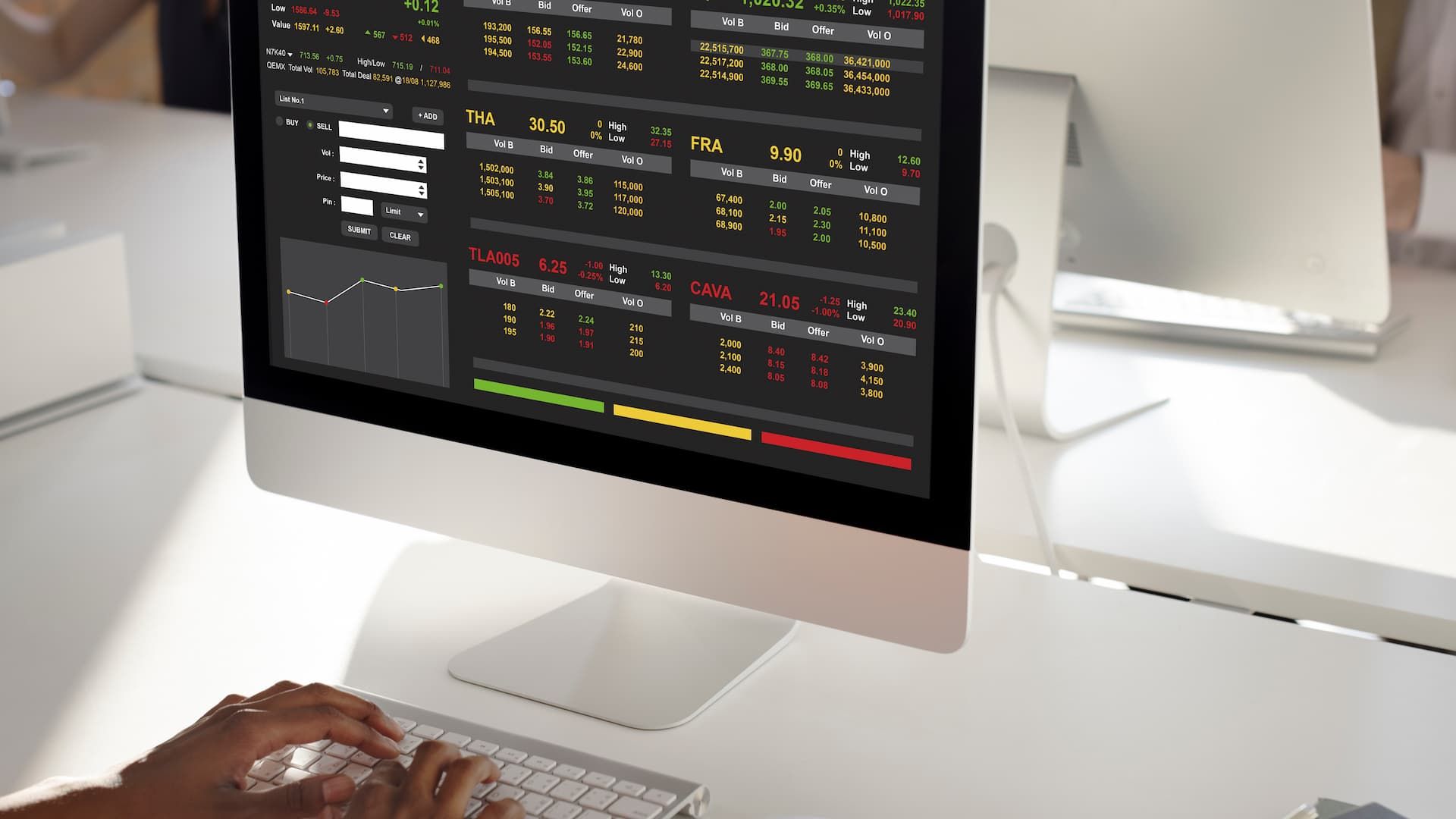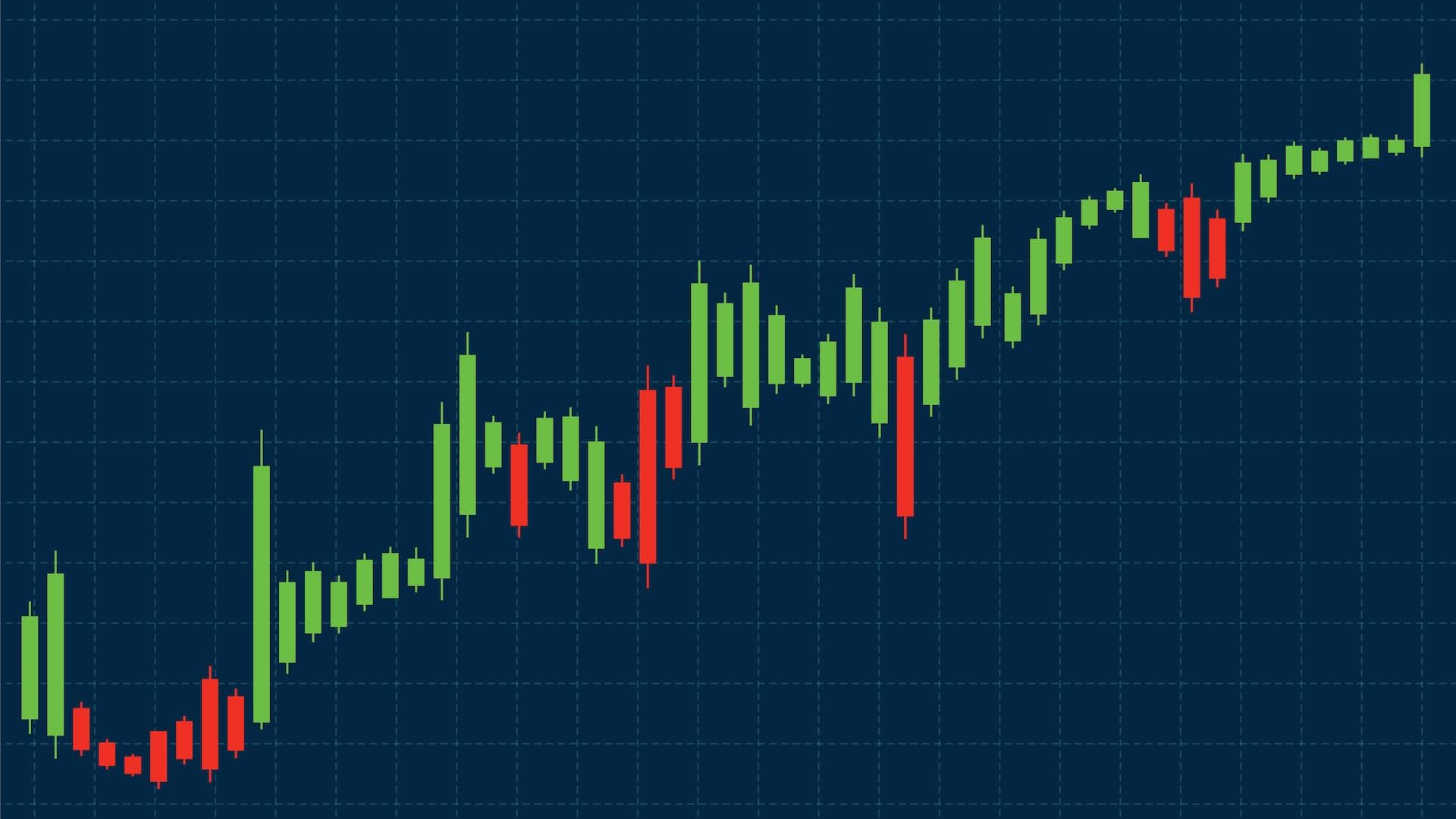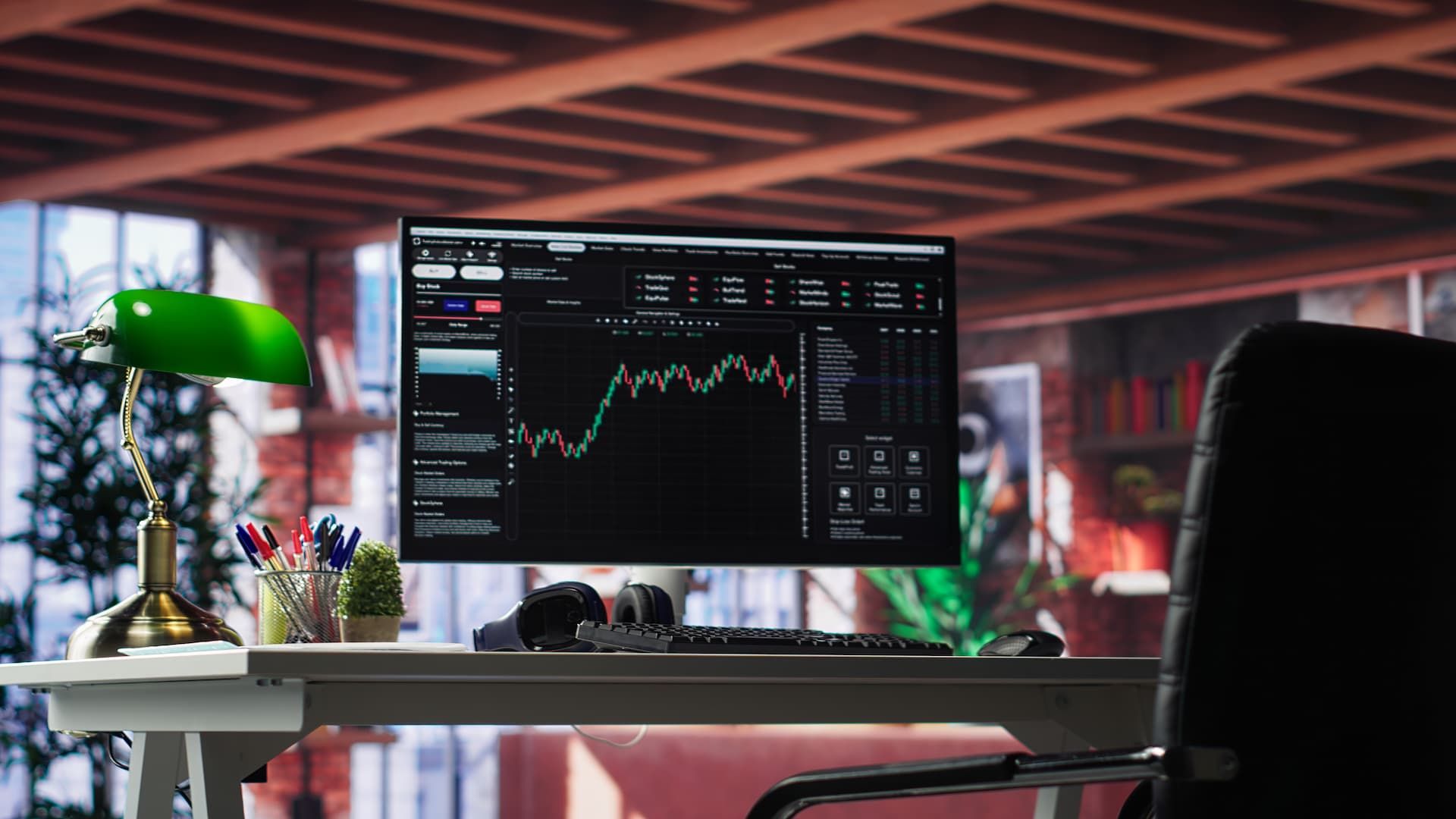Trading attracts people for different reasons. Some are drawn to the potential for profit, others want the challenge of mastering markets, and many are simply curious about how money grows through financial activity, whether through investing in a stock or managing an open position. But behind the excitement lies a critical truth: every trade involves both rewards and risks involved in financial decision-making. Understanding this balance is the foundation of becoming a disciplined and successful trader.
If you are new to trading, you might already have questions like: How much should I risk on a single trade? How do I know when the potential reward is worth it? What role does psychology play in making those decisions? And how do different trading strategies help manage fluctuations in stock price and market trends? This guide will break down the essentials in plain language, with practical examples that any beginner can follow.
Understanding risk and reward
What does risk/reward mean in financial markets?
Risk and reward describe the trade-off every trader or investor faces. Risk is the possibility of losing money, while reward is the potential for profit. In trading or investing in a stock, nothing is guaranteed. The goal is not to eliminate the risks involved but to manage them so that potential profits outweigh potential losses over time.
Why it matters for day traders and investors
For day traders, risk and reward can change rapidly within hours or even minutes. A sudden shift in market sentiment might turn a winning trade into a losing one. Long-term investors face different risks, such as economic cycles or a company’s stock performance. In both cases, individuals need to recognize their own risk tolerance, since what feels manageable for one person may be overwhelming for another. Understanding personal risk tolerance helps traders and investors avoid decisions that are driven purely by fear or greed.
The connection between risk and expected return
Higher potential returns usually come with higher risks. This relationship is at the heart of investing and trading. While chasing quick gains may be tempting, a sustainable approach is about balancing expected return with acceptable levels of risk and making sure those choices align with your personal financial comfort zone.
Basics of risk management
Defining investment risk
Investment risk is the chance that an outcome differs from what you expected. This could mean losing money, earning less than hoped, or experiencing volatility along the way. Traders should always consider the maximum loss they are willing to tolerate on any single position. Evaluating the relative risk of different trades is also important, since not every opportunity carries the same potential downside. Aligning these choices with your broader investment objectives ensures that risk-taking is purposeful rather than random.
How market volatility impacts trading decisions
Volatility refers to how much prices move over time. For traders, volatility creates opportunity but also unpredictability. A calm market might feel safer but offers fewer chances for profit. A volatile market offers more potential but also demands stronger risk management. Understanding how leverage means you can control a larger position with less capital is critical, as it magnifies both gains and potential losses. To navigate this, many traders rely on a risk to reward ratio, weighing the potential profit of a trade against the possible downside before committing capital.
Common mistakes when managing risk
Beginners often fall into traps such as over-leveraging, holding losing trades too long, or risking too much on a single position. Setting clear limits, like the maximum amount to risk per trade, can help prevent these pitfalls. These mistakes can be avoided with clear rules, consistent discipline, and by regularly reviewing whether trades align with personal investment objectives.
Calculating the risk/reward ratio
Step-by-step guide to calculate risk reward ratio
The risk to reward ratio compares potential profit to potential loss. To calculate it:
- Define your entry point.
- Set a stop-loss level to limit losses.
- Choose a take-profit target.
- Divide the potential reward by the potential risk.
For example, if you risk $100 to potentially make $300, the ratio is 1:3. This simple framework reminds traders that every investment involves balancing possible returns against acceptable losses.
Examples of good risk reward ratio in day trading
Many traders aim for at least 1:2 or 1:3. That way, even if they lose half of their trades, they can still end up profitable. Long-term investors may also apply similar thinking when building an investment portfolio, ensuring that the potential upside of chosen assets justifies the risks being taken.
Using risk/reward ratio for position sizing
Position sizing is about adjusting trade size to fit your ratio and risk tolerance. If you only want to risk 2 percent of your account, your position size should match that calculation. By combining careful sizing with a realistic risk to reward ratio, traders and investors can create a structured approach that protects capital while still aiming for growth.
Types of risk in financial markets
Market risk vs specific investment risk
Market risk affects all assets, such as global downturns. Specific investment risk affects individual securities, like poor earnings from one company. For both traders and investors, the key is to decide what level of acceptable risk fits their strategy and financial situation.
Liquidity risk and its effect on day traders
Liquidity risk occurs when there are not enough buyers or sellers to fill your orders at desired prices. This can cause slippage and unexpected losses. Many traders use the risk to reward ratio to evaluate whether a trade is worth taking in markets that may lack liquidity.
Understanding risk in volatile markets
In volatile conditions, liquidity may dry up quickly, making execution harder. Day traders must remain alert to these risks. From a personal finance perspective, understanding these market dynamics helps individuals align short-term trading activities with their broader financial goals.
Risk management strategies
Stop-loss orders and take-profit targets
Stop-loss orders limit downside by automatically closing trades at a set point. Take-profit targets lock in gains once your goal is reached. Together, they create structure for your trades. Many traders also set these levels based on support or resistance levels, making their exits more aligned with actual market behavior. Evaluating both orders in relation to a clear risk to reward ratio ensures that potential gains justify the risks taken.
Diversification and hedging techniques
Diversification spreads risk across different assets. Hedging reduces exposure by taking offsetting positions. Both approaches are useful for balancing risk and reward, particularly when you want to keep overall exposure within your defined maximum risk tolerance.
How risk-averse traders approach positions
Risk-averse traders focus on smaller positions, tighter stops, and assets with more stability. While potential profits may be lower, consistency is the reward. By respecting support or resistance levels and sticking to predefined risk thresholds, these traders keep their strategies disciplined and sustainable.
Risk and reward in day trading
How day traders balance potential profits and losses
Day traders rely on precise risk/reward setups. Because trades are short-lived, a clear ratio helps ensure that wins outweigh losses over time. Many use technical analysis to identify entry and exit points, aiming to buy or sell at favorable levels relative to the current market price.
Risk/reward ratios for intraday strategies
Common intraday ratios are 1:2 or 1:3. This ensures that even with multiple small losses, a few solid wins can make the day profitable. By choosing setups with naturally tighter stops, traders can take on less risk while still leaving room for meaningful gains.
Importance of discipline in managing risk
Day trading is fast and emotional. Discipline separates success from failure. Sticking to your plan, even when tempted to deviate, is key. Using technical analysis alongside strict risk/reward ratios helps traders avoid impulsive decisions and stay aligned with their strategy.
Position sizing and risk/reward
Determining trade size based on risk tolerance
Every trader has a different tolerance for risk. Some can stomach bigger swings, while others prefer smaller, steady trades. Trade size should reflect personal comfort levels.
Examples of adjusting positions according to expected return
If a setup offers a 1:4 ratio, you might risk slightly more than a setup offering only 1:1. Adjusting positions according to expected reward makes sense when probabilities favor you.
Risk management in volatile markets
In high-volatility conditions, reducing trade size can protect capital. Flexibility in position sizing is essential for survival.
Evaluating expected return vs investment risk
Setting realistic profit targets
Profit targets should be achievable, not based on wishful thinking. Setting small but consistent targets adds up over time.
How market volatility changes expected outcomes
High volatility can increase both profit potential and risk. Expected returns should be adjusted when conditions become more unpredictable.
Aligning trades with personal risk appetite
Your own comfort with risk matters as much as the trade setup itself. Aligning trades with personal tolerance ensures longevity in the markets.
Common misconceptions about risk and reward
High risk always equals high reward?
Not always. Some high-risk trades have low probability of success, meaning the expected value is negative.
Low risk trades can still be unprofitable
Even safe-looking trades can lose money if not planned correctly. Risk is only one side of the equation probabilities and execution also matter.
Understanding probability and expected value in trading
Expected value combines risk, reward, and probability. A trade with lower reward but higher probability may be better than a risky gamble.
Tools to manage risk effectively
Risk calculators and trading software
Many platforms offer calculators to help you plan trade size, stop-loss, and potential reward. These tools take the guesswork out of managing trades.
Demo accounts to practice risk/reward strategies
Practicing with a demo account is one of the safest ways to understand risk/reward before trading with real money. 24markets.com offers demo accounts that mirror live conditions, allowing you to refine strategies without pressure.
Monitoring market conditions for proactive risk management
Staying updated with economic news and technical trends helps traders anticipate changes instead of reacting late. Being proactive reduces unnecessary risk.
Mastering risk and reward
Key takeaways for day traders and investors
Risk and reward are two sides of the same coin. Without risk, there is no reward. The goal is not to eliminate risk but to structure it in a way that makes consistent success possible.
Building a consistent risk/reward framework for long-term success
Every trader, from beginner to professional, benefits from a structured risk/reward framework. This includes calculating ratios, setting stops and targets, sizing positions wisely, and staying disciplined. For those ready to apply these principles, platforms like 24markets.com provide the right tools, education, and support to trade with confidence.













